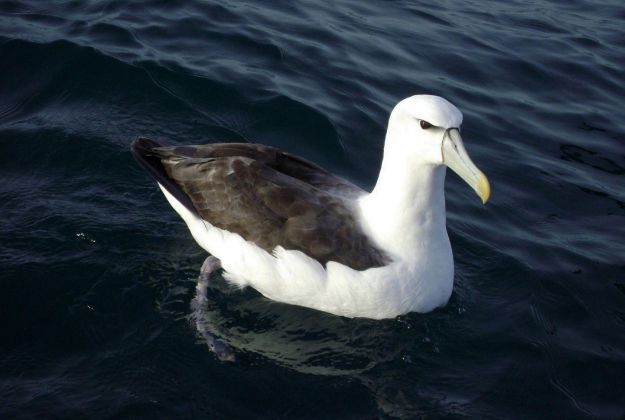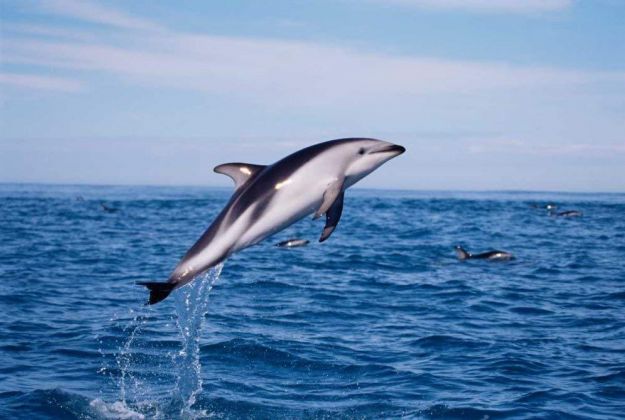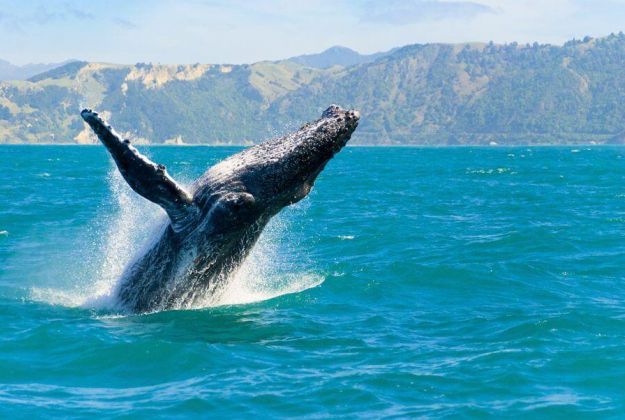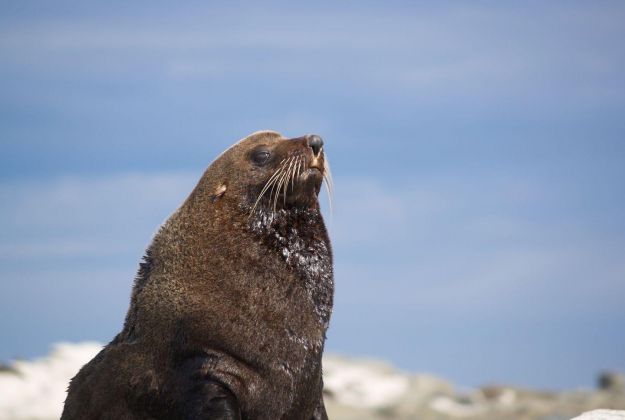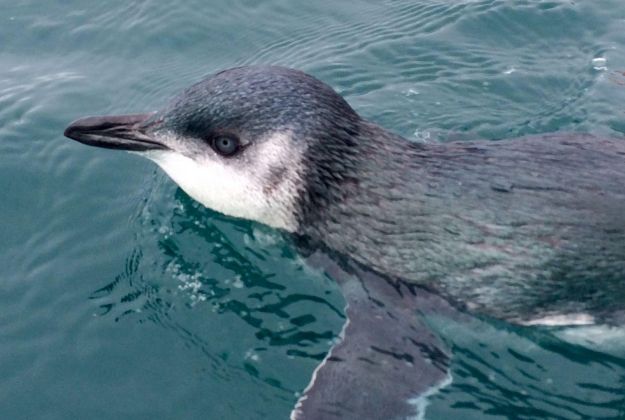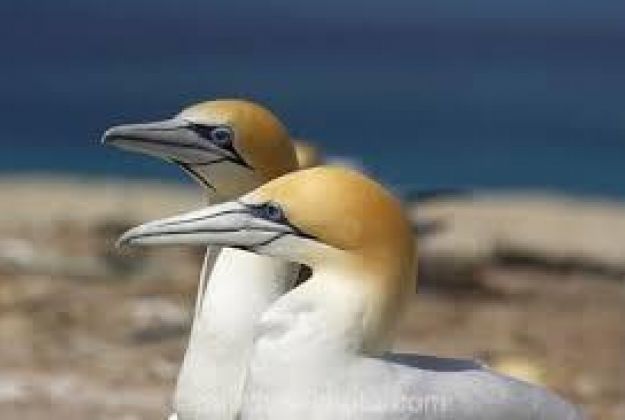Identification:
The White-Capped Albatross /Mollymawk is an impressive bird weighing in between 3.5 and 4.5 kilograms when fully developed and reaching lengths of ninety to 100cm.
These birds can be identified by their black upper wings and tipped tail, white head and neck and a distinguishable dark grey patch in front of their eyes. White capped Mollymawk have the largest range in size across the whole Albatross genera with wingspans between 180cm and 256cm. The beak of these Birds is of grey complexion and has a yellow cap or tip at the end.
Facts:
- New Zealand Native.
- Conservation status is declining.
- Wingspans as large as 256cm.
- Largest size variation among albatross species.
Distribution:
These birds are found among coastal areas of New Zealand and their breeding season takes place between the months of November and June, most of these albatrosses stay in Australasian waters after their breeding season with about 20% of adults migrating across the Indian ocean towards the Sea's off South Africa and Namibia.
Population and Breeding:
The New Zealand White-capped Mollymawk breeds on a series of smaller islands surrounding NZ with the largest numbers breeding on Disappointment Island South west of New Zealand next to Auckland Island.
These birds breed in large densely packed colonies with nests made from mud and vegetation to provide shelter for their young and the large eggs are laid from early November to December.
Diet:
White-capped Mollymawks typically base their diets on marine food including fish, krill and offal from fishing vessels, these birds typically will feed off the surface and it is a rear occurrence for a bird like this to dive beneath the water in order to gather food.
Threats:
- Fisheries by catch is the main threat to White-capped Mollymawk, with Mollymawk being the most common observed Albatross being killed by New Zealand Trawl fisheries between 2004 and 2007.
- The most significant mortality among this species occurs off south Africa where an estimated 7,000 - 11,000 dying annually from the South African Longline fisheries.
- Feral cats raiding the colony nests.
- Auckland Island feral pigs pose a risk on breeding areas by eating chick eggs and destroying nesting areas.



